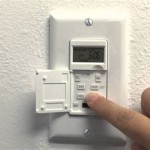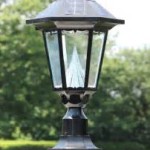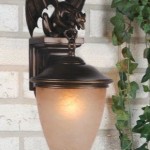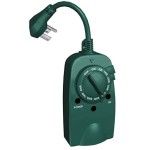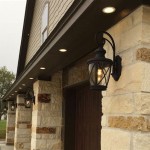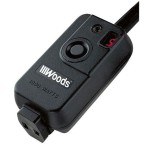Outdoor Light Bulbs That Don't Attract Bugs
Outdoor lighting can be a beautiful addition to any home, enhancing curb appeal and providing practical illumination for evening activities. However, traditional incandescent or fluorescent bulbs can attract swarms of insects, turning your backyard into a buzzing nuisance. Fortunately, several types of outdoor light bulbs are designed to minimize bug attraction, allowing you to enjoy your outdoor space without the unwelcome company of moths, mosquitoes, and other pests.
LED Bulbs with Yellow Light
LED bulbs are known for their energy efficiency and long lifespan, but they are also available in colors that are less attractive to insects. Yellow light, often described as "bug-friendly" or "amber" lighting, is less appealing to insects than white light. This is because insects are drawn to the UV spectrum, which is more prominent in white light. While yellow LED bulbs may not completely eliminate bug attraction, they significantly reduce the number of insects drawn to your outdoor lights.
Sodium Vapor Bulbs
Sodium vapor bulbs have been used for street lighting for decades and are renowned for their bug-repelling properties. These bulbs emit a yellow-orange light that is not as appealing to insects as other types of light. While sodium vapor bulbs are highly effective in reducing bug attraction, they are not as energy-efficient as LED bulbs and may have a shorter lifespan.
Motion-Activated Lights
Motion-activated lights are an excellent option for reducing bug attraction by only illuminating your outdoor space when necessary. These lights are typically activated by movement, providing bright illumination only when someone is present. This minimizes the amount of time your lights are on, reducing the overall appeal to insects. Motion-activated lights can be combined with LED bulbs or other bug-friendly technologies for enhanced effectiveness.
Tips for Minimizing Bug Attraction
Beyond choosing the right type of bulb, there are several other measures you can take to minimize bug attraction around your outdoor lights:
- Keep your outdoor lights clean. Dust and debris on light bulbs can trap insects and make them more attractive. Regularly clean your bulbs with a damp cloth to maintain their effectiveness.
- Avoid using bright white light. Opt for warmer colors like yellow or amber, which are less appealing to insects.
- Minimize direct light sources. Direct light sources can attract insects from a greater distance. Consider using shielded lights or directing the light downward to reduce the amount of light reaching the sky.
- Use a combination of approaches. Combining different bug-repelling methods can be more effective than relying on a single strategy. For example, pairing yellow LED bulbs with motion-activated lights can significantly reduce bug attraction.
Conclusion
By choosing the right type of outdoor light bulbs and implementing effective prevention strategies, you can enjoy the benefits of outdoor lighting without the annoyance of swarms of insects. LED bulbs, sodium vapor bulbs, and motion-activated lights are just a few options available to create a bug-free and enjoyable outdoor living space.

Do Led Lights Attract Bugs Outdoor Lighting

Do Led Bulbs Attract Insects And Bugs E Green Electrical

Norbbug Lite Norb Wellness Lighting

Do Yellow Bug Light Bulbs Work 1000bulbs Blog

How To Find Outdoor Lights That Don T Attract Bugs Decorating Elves

6 Outdoor Lights That Don T Attract Bugs Balcony Boss

Do Led Lights Keep Bugs Away Light Colors To Reduce Insects

Outdoor Lights That Don T Attract Bugs

Do Led Lights Attract Bugs Super Bright Leds

How To Keep Bugs Away From The Porch Light 5 Ways
Related Posts
